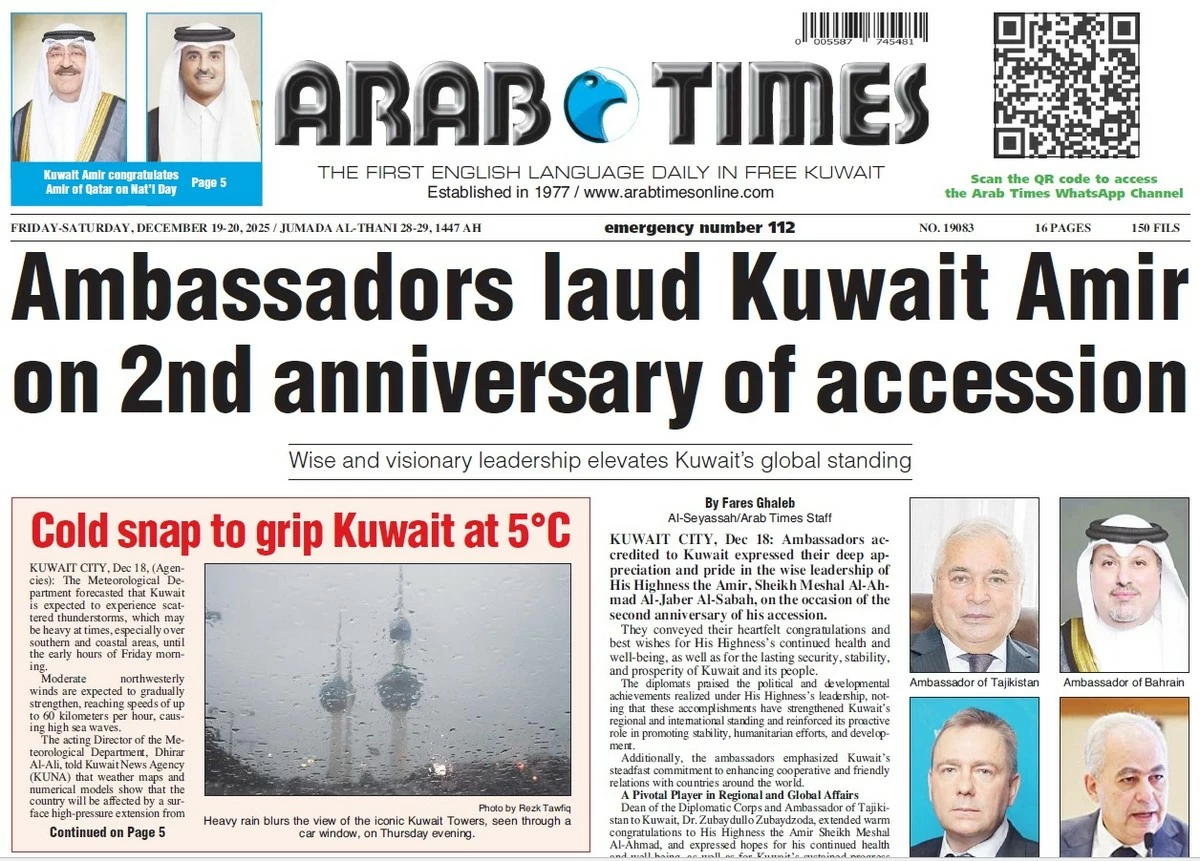13/10/2024
13/10/2024

KUWAIT CITY, Oct 13: A press report has concluded that the intensification of conflict and tensions in the Middle East could lead to a significant increase in oil prices, potentially pushing the price of a barrel to $200, especially if critical Iranian and oil facilities come under Israeli military attack. According to a report from the German network “Deutsche Welle,” oil prices have surged sharply since the recent Iranian strikes on Israel, with Brent crude increasing by 17% within a week to reach $81.16. However, prices have since fallen again after Lebanese Hezbollah announced its readiness for a ceasefire in the conflict with Israel.
The report suggests that “if Israel targets Iran’s most crucial oil assets, it could eliminate nearly 2 million barrels per day from the global oil market, leading some traders to speculate about a return to three-digit oil prices, meaning that the price of a barrel could once again exceed $100, a level not seen since shortly after Russia's full-scale invasion of Ukraine in February 2022.” Bjarne Schieldrop, chief commodities analyst at Swedish bank SEB, stated, “If Israel takes Iran’s oil facilities offline, oil prices could easily surge above $200.”
Iran, one of the world’s largest oil producers, is under strict international sanctions due to a long-standing dispute with the West over its nuclear ambitions. Despite these sanctions, Iranian oil exports reached a five-year high of 1.7 million barrels in May, as reported by energy analytics firm Vortexa. Approximately 90 percent of Iran’s oil is sent to China, much of it through illicit means, using a ghost fleet of about 400 tankers that disguise their movements to avoid sanctions. Carole Nakhle, CEO of the London-based consultancy Crystol Energy, noted, “The Iranian economy heavily relies on the revenue generated from its oil exports, and any disruption to that income would severely impact the economy.”
According to the Deutsche Welle report, an Israeli strike on Kharg Island would likely have the most disruptive effect on Iran’s oil sector. The island houses Iran’s main oil export terminal, which is crucial for both the country's official and clandestine oil trade. Located in the Persian Gulf, about 40 kilometers (25 miles) from the Iranian coast, Kharg Island features vast storage facilities that manage nine-tenths of Iran’s oil exports. Other potential targets include the Bandar Abbas oil refinery in the southern port city of the same name, which plays a significant role in crude oil exports and also contains military facilities. The 400,000-bpd Abadan refinery in southwestern Iran is essential for the country's domestic consumption.
Nakhle explained that the recent spike in oil prices has been somewhat mitigated by “ample supplies” in global markets, pointing out that OPEC+ has nearly 5 million bpd of spare capacity. “At the same time, demand is not growing as quickly, with China’s appetite for oil affected by its slow economic recovery from the coronavirus pandemic,” she added. Some speculators are drawing comparisons between the current escalation of tensions in the Middle East and the oil crisis of the 1970s, which was triggered by war between Israel and several Arab nations, resulting in a quadrupling of oil prices. However, Nakhle believes this comparison is misguided. “Oil is not as crucial for energy consumption as it was in the 1970s,” she stated. “Back then, it accounted for 50% of our global energy needs.”


